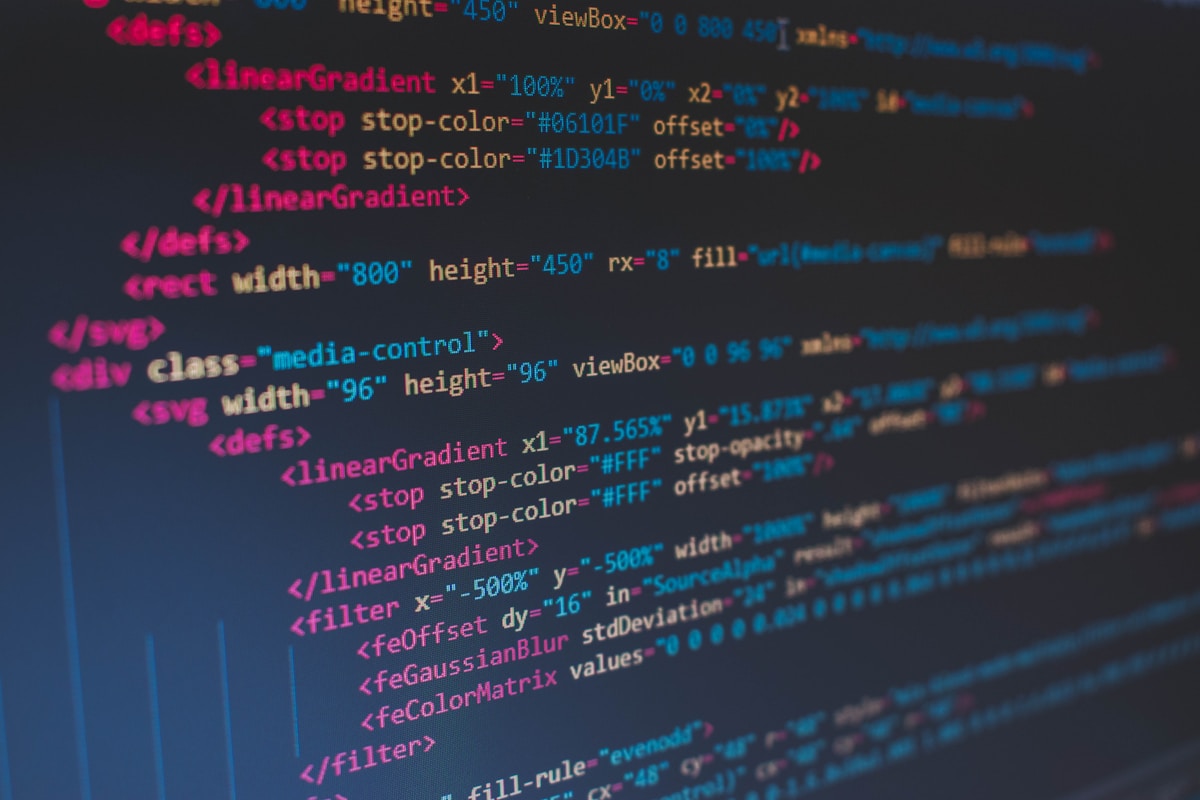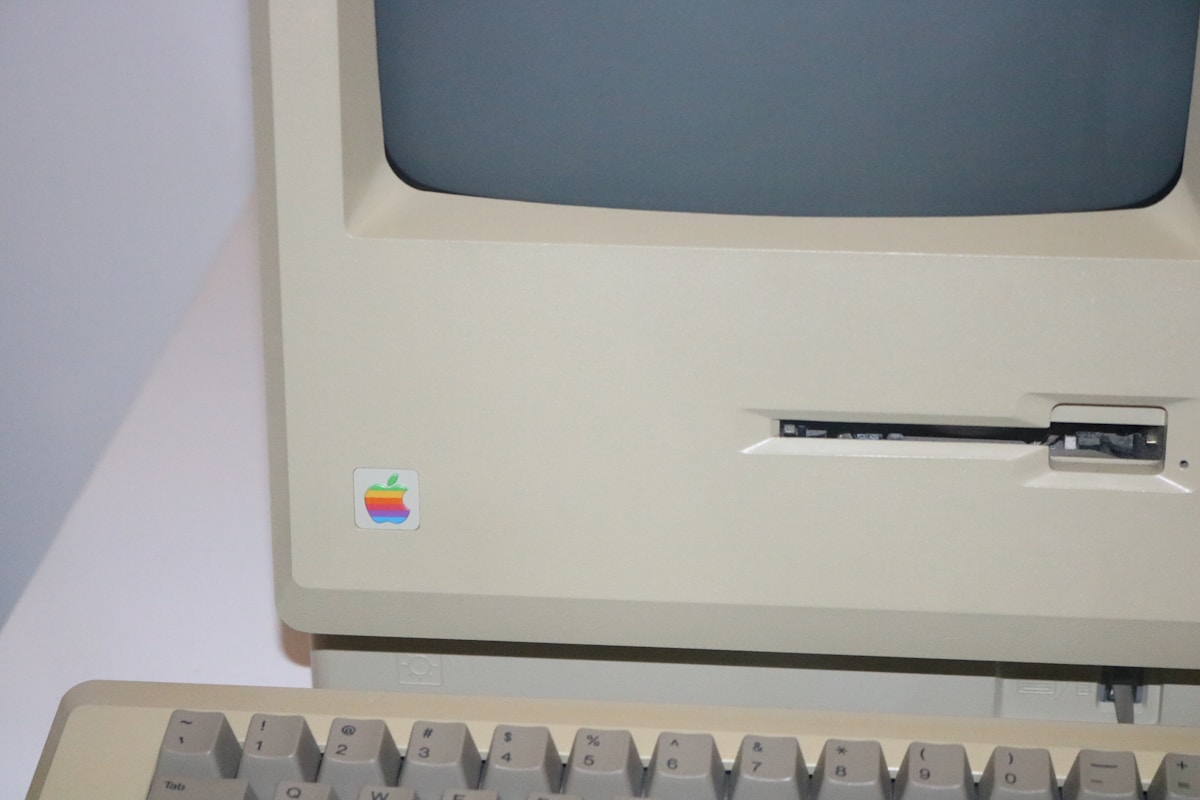History of Python

Python is the most popular programming language nowadays, especially in the field of data science and machine learning. The history of Python starts with its founder, Guido van Rossum.
After receiving a master’s degree in math and computer science at University of Amsterdam in 1982, Guido started to work at Centrum Wiskunde & Informatica (CWI), the national research institute for mathematics and computer science of the Netherlands.

During his time at CWI, Guido worked on developing a programming language called ABC. ABC is a programming language designed for beginners, which had great influence on Guido and his creation of Python. For instance, one feature that Python inherited from ABC is that any list-like data structures can be easily indexed, sliced, and concatenated.

After a couple years at CWI, Guido started to think about developing a programming language that is easy to use, because he found all existing programming languages were unfriendly to people with no computer science backgrounds.

Therefore, he started to write the first version of Python in December of 1989 as a way to spend the Christmas holiday.
You may wonder where the name “Python” comes from. It does mean a kind of snake, but it actually got the name from a comedy series that Guido enjoys watching called “Monty Python’s Flying Circus.”
Guido intended to give this new programming language a name that sounds mysterious, unique, and concise, and Python clearly is a successful name.

In 1991, the first Python interpreter was born. Though it was influenced by ABC, it was implemented in C, thus inheriting lots of syntax and features from C.
One controversial feature of Python is its forced indentation.
Most coding languages are quite flexible on indentation, so some other programmers make fun of Python programmers by saying they have to use vernier calipers when writing code.

Python 1.0 was finally finished in 1994, and the key features include some that we still use today, like lambda and map.
Although Python 1.0 was successful and innovative, Guido still felt unsatisfied. Therefore, Python 2.0 was born after 6 years in 2000. The main updates are memory management, garbage collection, and support for Unicode.
However, the most important thing is an open Python community.

Python 3.0 was released in 2008, which is not compatible with Python 2.0. This means that code on Python 2.0 may not be run on Python 3.0, thus marking the future of Python.
Today, Python 3.0 has become the most popular programming language in the world with a large developer community—which means that whatever problem you run into, it is very likely that it’s been met and solved by someone else.
